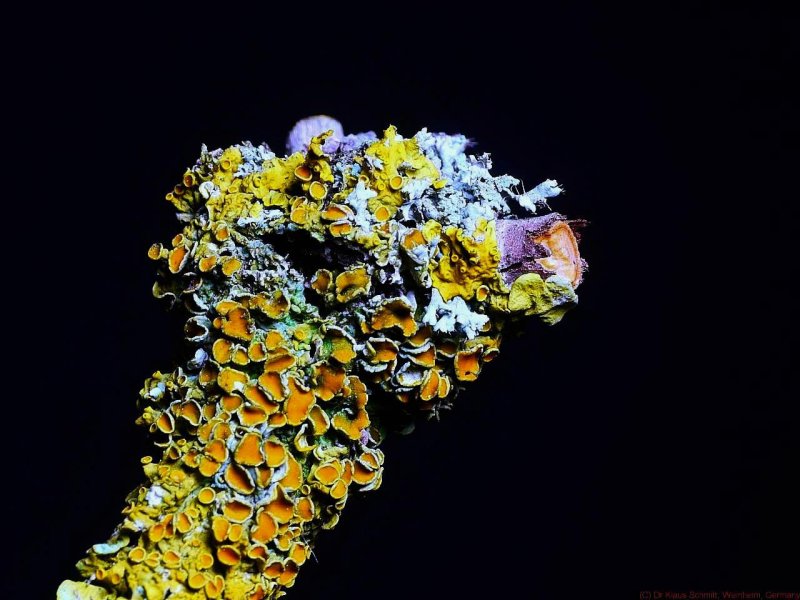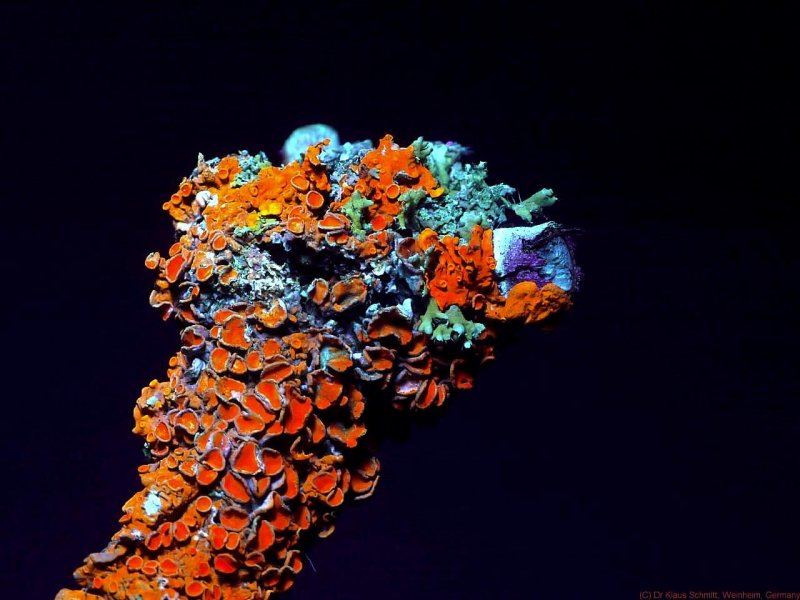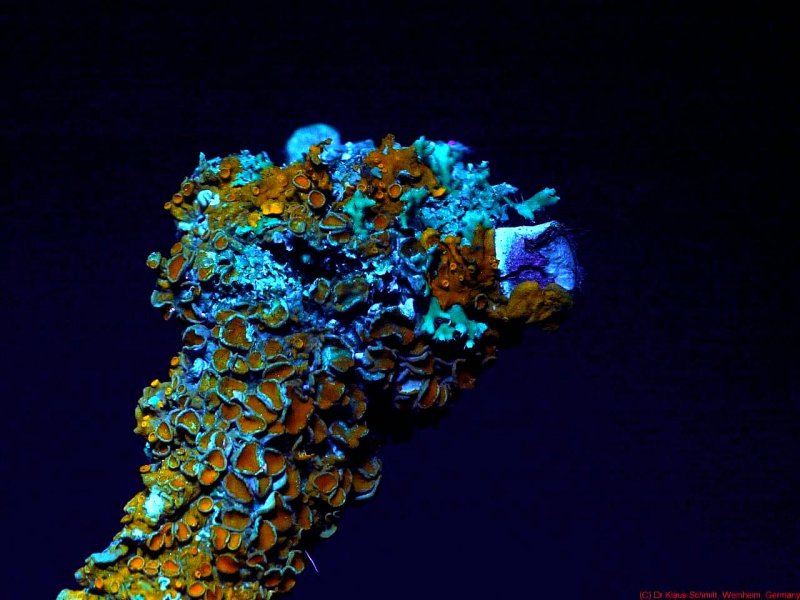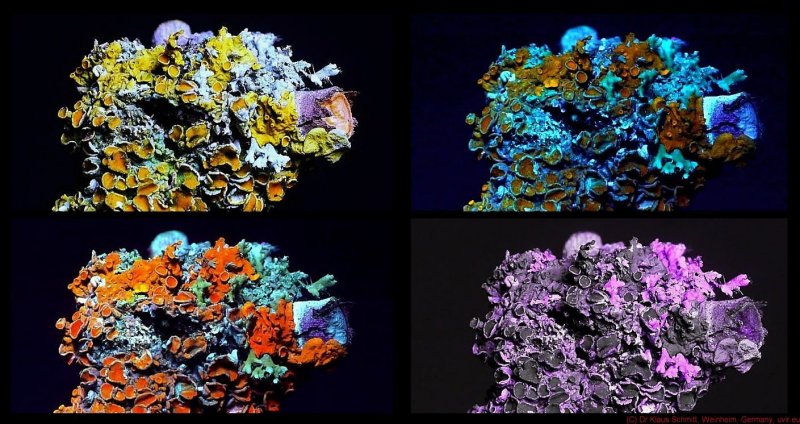Dr Klaus Schmitt
Well-known member
Today about some Lichen, that I found growing on a broken branch. Shots in UV were done using my CERCO 94mm
quartz/fluorite lens, the UV Baader-U and bee vision XB4 filter as well as a modified Xenon flash was used as light source.
Human vision image using UV/IR Cut filter:
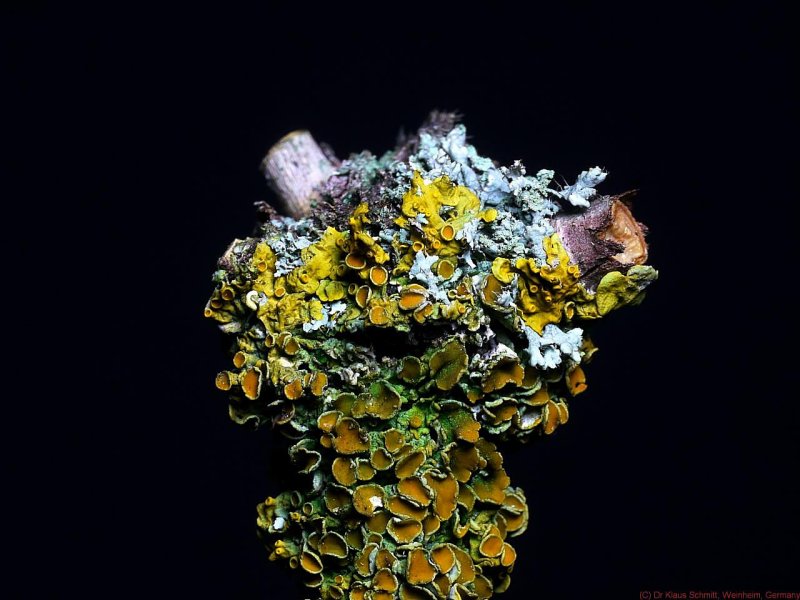
Bee vision image using XBV4 filter:
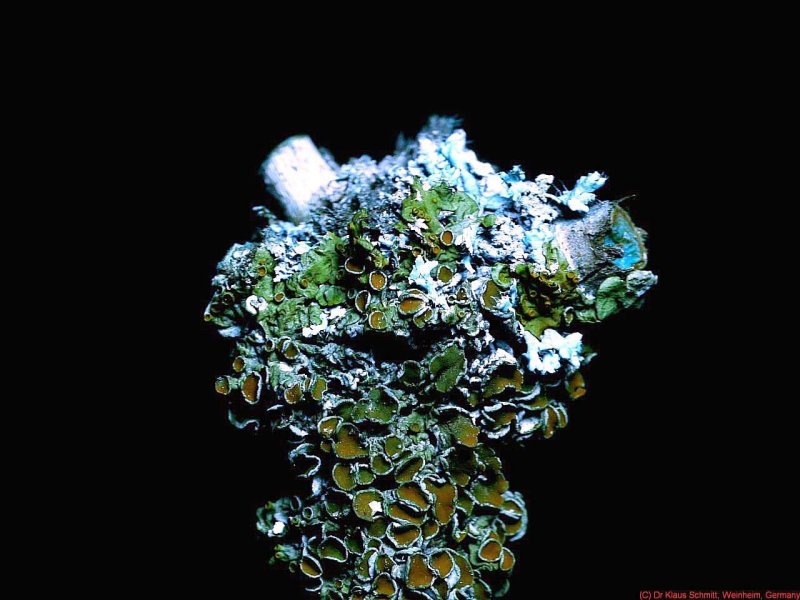
UV image using Baader-U filter
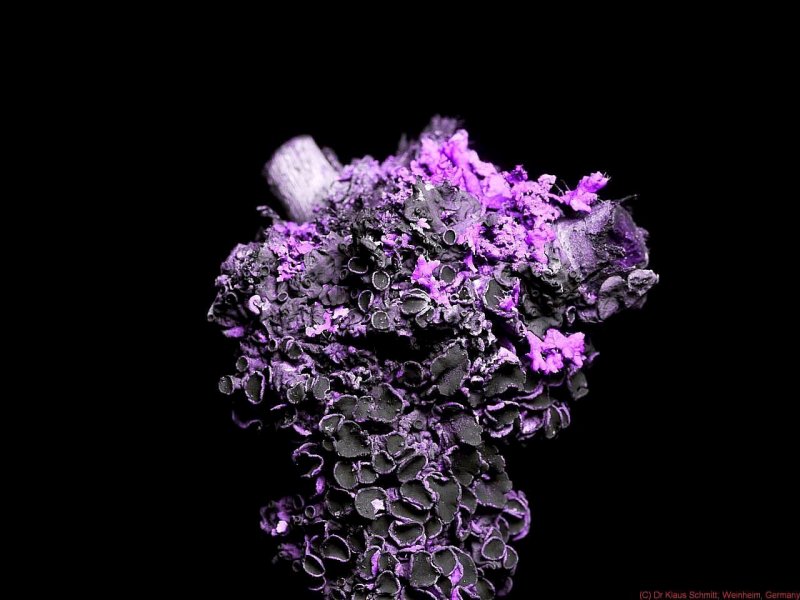
Quite interesting, how Lichen reflects UV light in these differently colored sub-UV bands I have written earlier about.
Nice to know a target for UV photography when flowers will be gone soon...
quartz/fluorite lens, the UV Baader-U and bee vision XB4 filter as well as a modified Xenon flash was used as light source.
Human vision image using UV/IR Cut filter:

Bee vision image using XBV4 filter:

UV image using Baader-U filter

Quite interesting, how Lichen reflects UV light in these differently colored sub-UV bands I have written earlier about.
Nice to know a target for UV photography when flowers will be gone soon...

